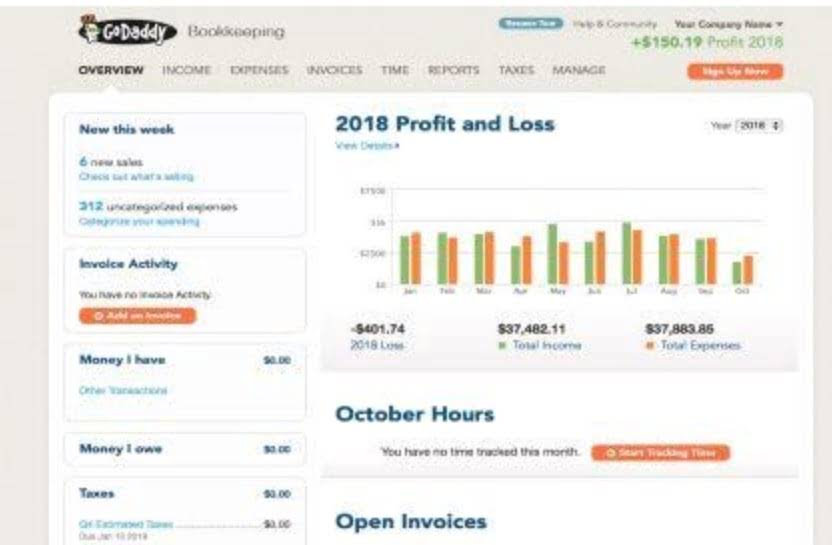
The IRS sets a scaled passing score at 105 out of the available 130 points. The IRS has set the passing score for the enrolled agent exam at 105. This score is a scaled score based on the number of correctly answered enrolled agent test questions. Because your own knowledge levels affect how hard the EA exam will be for you personally, one major influence on EA exam pass rates is candidate preparation. However, you can’t let the EA pass rates trick you into thinking that passing this exam will be a walk in the park.
Read each question carefully and take an average of 1.5 minutes to answer each question. If you don’t know the answer to a question, make an educated guess and flag it so you can come back later. The Enrolled Agent exam is designed to test your knowledge of tax law, not your ability to outsmart the test makers. If you find yourself second-guessing an answer, chances are it’s probably correct.
Total Exam Time and Exam Time Management: EA Exam Part 1
The tax law and IRS publications change constantly; some changes are subtle and some changes. For example, years ago the 2017 Tax Cuts and Jobs Act overhauled even the most basic tax matters. As legislative changes like these subsequently trickle down into the Enrolled Agent Exam, it’s imperative you know what you’re going to be tested on. If you have no knowledge of tax, we recommend beginning with a course that covers the basics.

So, to finish all 100 EA exam questions before your 3.5 hours run out, you should answer each question in 2.1 minutes. Depending on your prior education and experience, certain EA exam Part 1 content areas may be more familiar to you than others. To determine which content ea exam passing score areas you know well and which ones you don’t, start your EA review with a practice quiz. Then, use the results of your practice quiz to discover and target your weak areas in particular. Focusing on your weaknesses is definitely one of the most effective ways to learn.
Ready To Pass On Your First Try?
The test is offered from May 1 to the end of Feb. of the following year. The test is not offered during the annual blackout period in March and April. During this time the test is updated with the most recent tax law.
She founded Pinnacle CPA Review and co-founded Surgent Kolar CPA Review. Similar to knowing the fundamentals, you’re likely going to have to calculate a variety of basic tax numbers. For example, you might have to calculate Adjusted Gross Income for individuals or deductions for corporations. You have three years from the date you pass the first part to pass the other two parts of the exam. A new EA examination period commences each year on May 1 and continues through February 28 of the following year. During PTIN application, you will be asked for your social security number.
Exam Dates: EA Exam Part 1
A higher score may also increase the candidate’s credibility and marketability as an enrolled agent. Therefore, candidates are advised to aim for a score well above the minimum passing score by dedicating sufficient time and effort to their exam preparation. The enrolled agent exam plays a crucial role in maintaining the integrity and professionalism of tax practitioners. By passing this exam, individuals demonstrate their competence and expertise in tax matters, giving taxpayers confidence in their abilities to handle complex tax issues. The IRS determines the question difficulty levels by providing experimental questions to actual exam takers.
- All labels must be removed, and the container will be inspected for notes or other prohibited test aids.
- Water in a clear or transparent container with a lid or cap must have all labels removed, and the container will be inspected for notes or other prohibited test aids.
- Being better prepared for the test experience will allow you to perform better the day of your test.
- One obvious reason is the overlap of the testing window’s beginning and end with the tax busy season.
- The Part 3 EA pass rates have generally remained strong over the years.